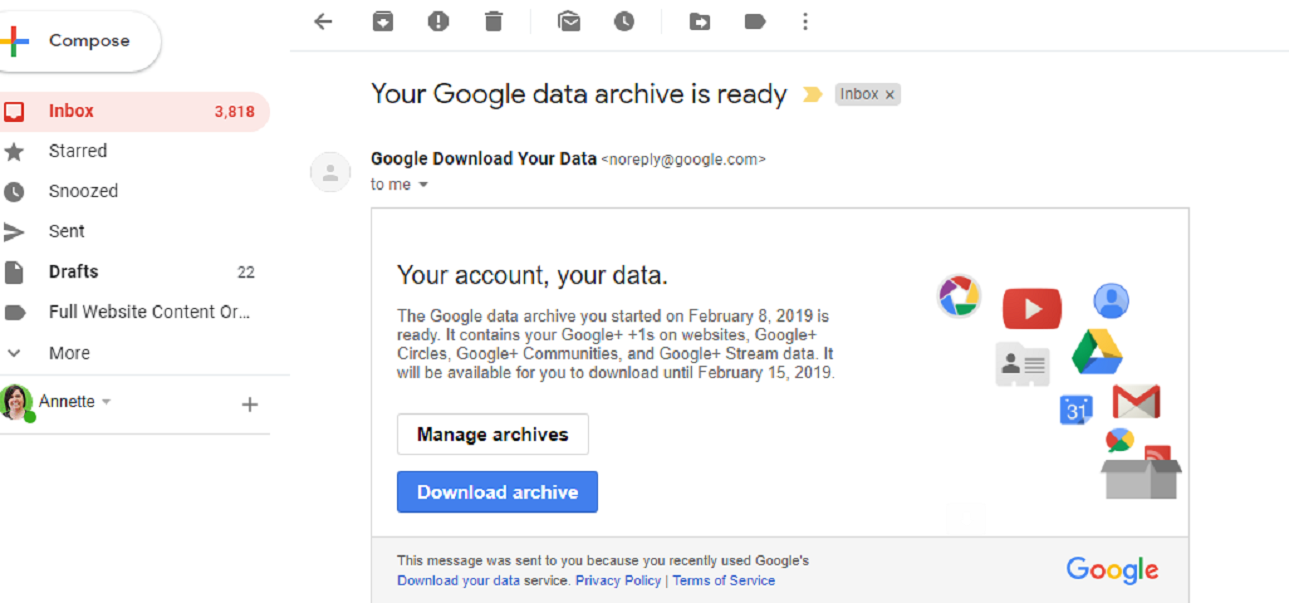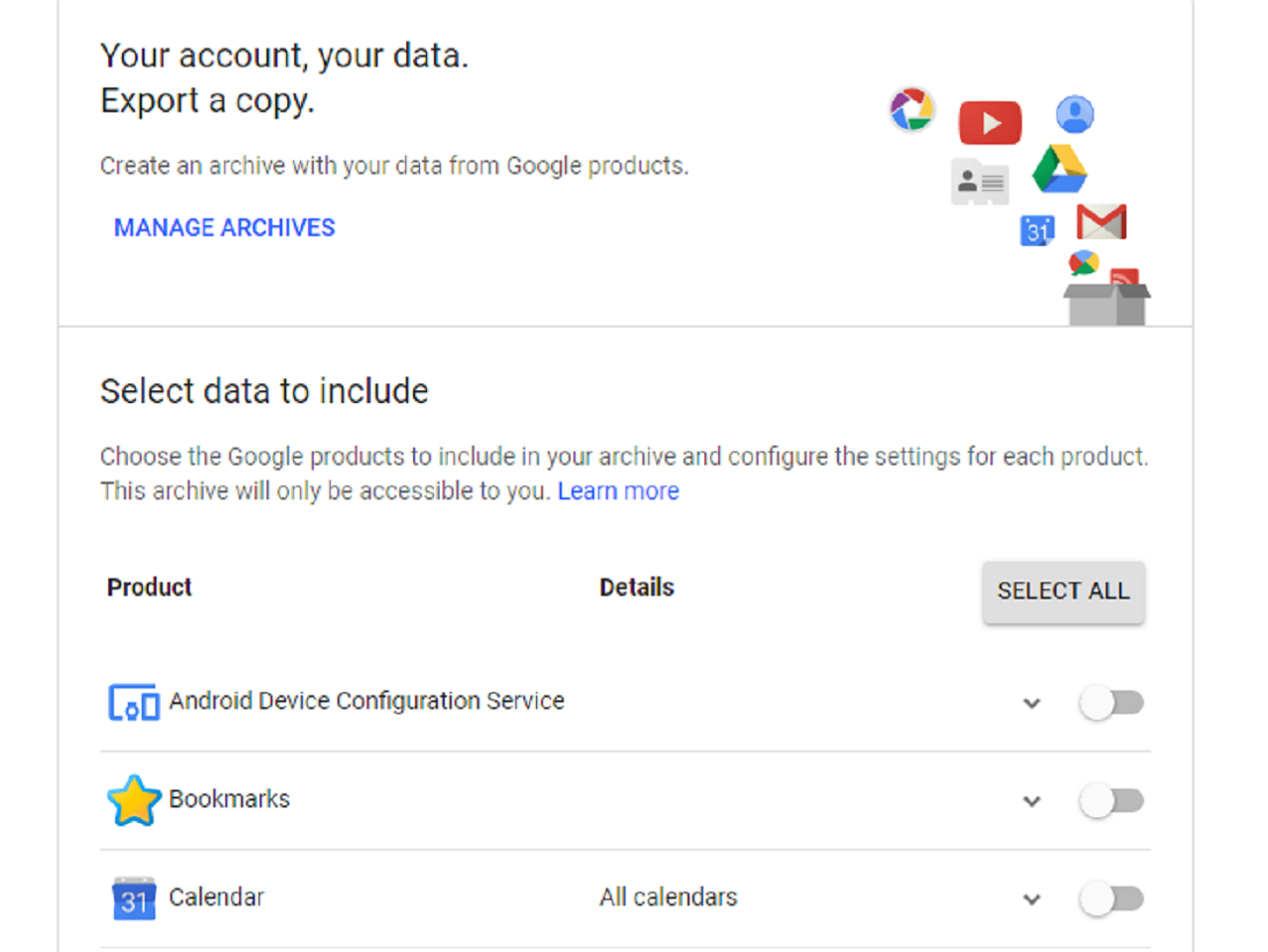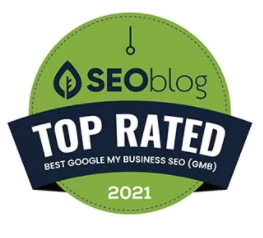Yes, Google + is shutting down for everyone, including your small business.
Originally, the tech giant had planned to just shut down the consumer version of the Google social media platform and allow G Suite enterprise customers the use of private communities they’d set up, but changed their mind in mid-December 2018.
The reason for the shutdown is partly due to the discovery of data breaches towards the end of 2018. But user engagement numbers on Google’s social media channel, never impressive, had dwindled to the point where the majority of profiles had nothing on them.
With that being said, Google Plus still has an extremely dedicated group of users who are active in a few established communities on the platform.
Why is Google+ shutting down?
Initially, the shutdown was going to be complete by the end of August 2019 due to the discovery of a bug in Google Plus in October 2018, that had made private user data accessible to outside developers for the past 3 years. However, after another security vulnerability was discovered in early December 2018, Google decided to shutter it’s failing social media platform 4 months early.
When will the shutdown go into effect for small business owners?
Google + will shut down completely, for small businesses and everybody on April 2, 2019.
But the shutdown process has already started. That’s because starting this past December, Google stopped allowing the creation of new Google+ profiles. In addition, if your business is still active on Google Plus, you may have noticed you can no longer post new events or create new pages and groups.
What will happen to your Google+ business profiles and data?
Your basic profile information on the social platform will still be accessible until April 2, 2019. People with an existing Plus account can still follow it as well as any communities and collections in your profile.
However, it’s a good idea for you to be proactive and close down your Google Plus. Google hasn’t announced if they plan to hold on to your Google+ profile files.
You can export and save a copy of your company’s Google+ data by creating an archive in Google Takeout. In fact, you can create an archive for all the Google products you use.
How to start the archive process:
1. Select all the Google Plus associated services
2. Click Next Button
3. Choose whether you want your profile data in a .zip or .tgz file.
4. Choose your maximum archive file size.
5. Choose the delivery method of your Google+ archive file.
– If you want to download the files, choose link via email.
– To save to the cloud choose one of the following:
– Add to Drive
– Add to Dropbox
– Add to OneDrive
– Add to Box
6. Click Create Archive button.
7. Google creates your archive and delivers it to the platform you chose in step five.

What will replace Google+ for my small local business?
If you’ve come to rely on Google+ for sharing news about your small business with your customers and for marketing to new ones, you’re probably wondering what Google plans to replace it with. There’s good news for you. Google has already rolled versions of many of the features available in Google+ for small businesses to create and increase customer engagement into another one of their popular services.
Where? On your Google business listing. That’s right! Many of the new Google My Business (GMB) listing features we’ve been telling you about can take the place of the Google Plus. In fact, by ensuring you use the following aspects of your GMB account regularly, you won’t even miss Google+
1. Business Description
The ability to add a description to your Google business account listing was a feature that Google added, then took away, and that’s back again. The feature takes the place of your business profile description in Google+.
It’s your opportunity to briefly sum up the value your business brings to your customer. It’s not a place to sell things, but to briefly summarize your main services and/or products.
2. Questions and Answers
While Questions and Answers is a feature you might have heard was for customers to ask questions that you and other customers can answer, you might not realize that it’s a place where you can post frequently asked questions and then answer them.
By regularly taking the time to answer the questions people ask, correct any wrong answers from other people, and posting common questions and answers in this part of your business profile, you can increase customer engagement with your GMB listing and build lasting customer relationships.
3. Posts
The ability to post directly to your Google My Business listing is the feature that’s most like sharing an update or making an announcement in your Google+ small business account.
Google has changed where your posts appear in your business listing, otherwise known as the Local Knowledge Panel on Google search and Google Maps. These days, the posts appear at the bottom of your listing.
4. Add/Post photos and videos to GMB listing
You can add photos to your listing as well as include them in Google Posts. Plus, you can also include video in your posts on your business listing.
In addition to the photos and videos you post, Google will also add photos of your business from around the web, including from customers who have enabled location services on their phone. Furthermore, customers can add photos to their reviews of your business.
5. Try Facebook, Twitter, LinkedIn, and other social media platforms
In addition to your business listing, you can explore similar options on more popular social media platforms like Facebook, LinkedIn, and Twitter. Facebook allows you to create groups around a topic and connect your group to your business page. LinkedIn has groups and #’s where you can participate in conversations with potential customers around specific topics. Twitter also is known for chats, again organized around #’s but more organized than LinkedIn # topic discussions.
Where to get help
If you’re still confused about what will happen now that Google+ is shutting down for everyone, we’re happy to help. Fill out the contact form or leave your question in the comments below. And be sure to subscribe to our blog to receive more marketing tips like this one.
What do you think?
What do you think about the Google+ shutdown? How will it affect your business? Let us know in the comments section below.











